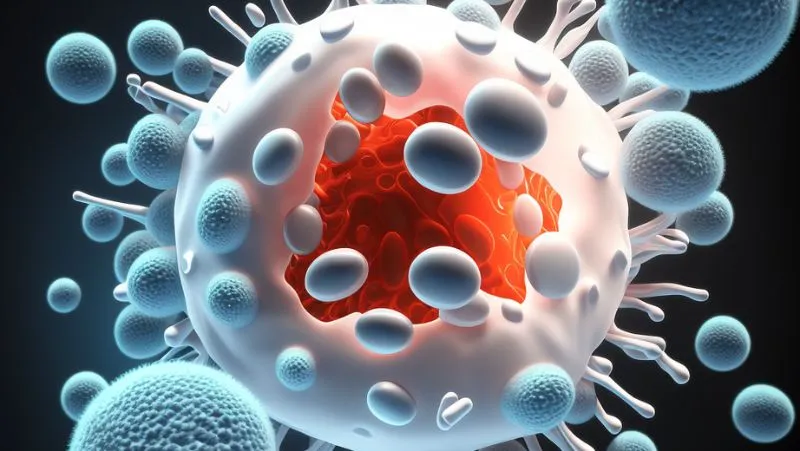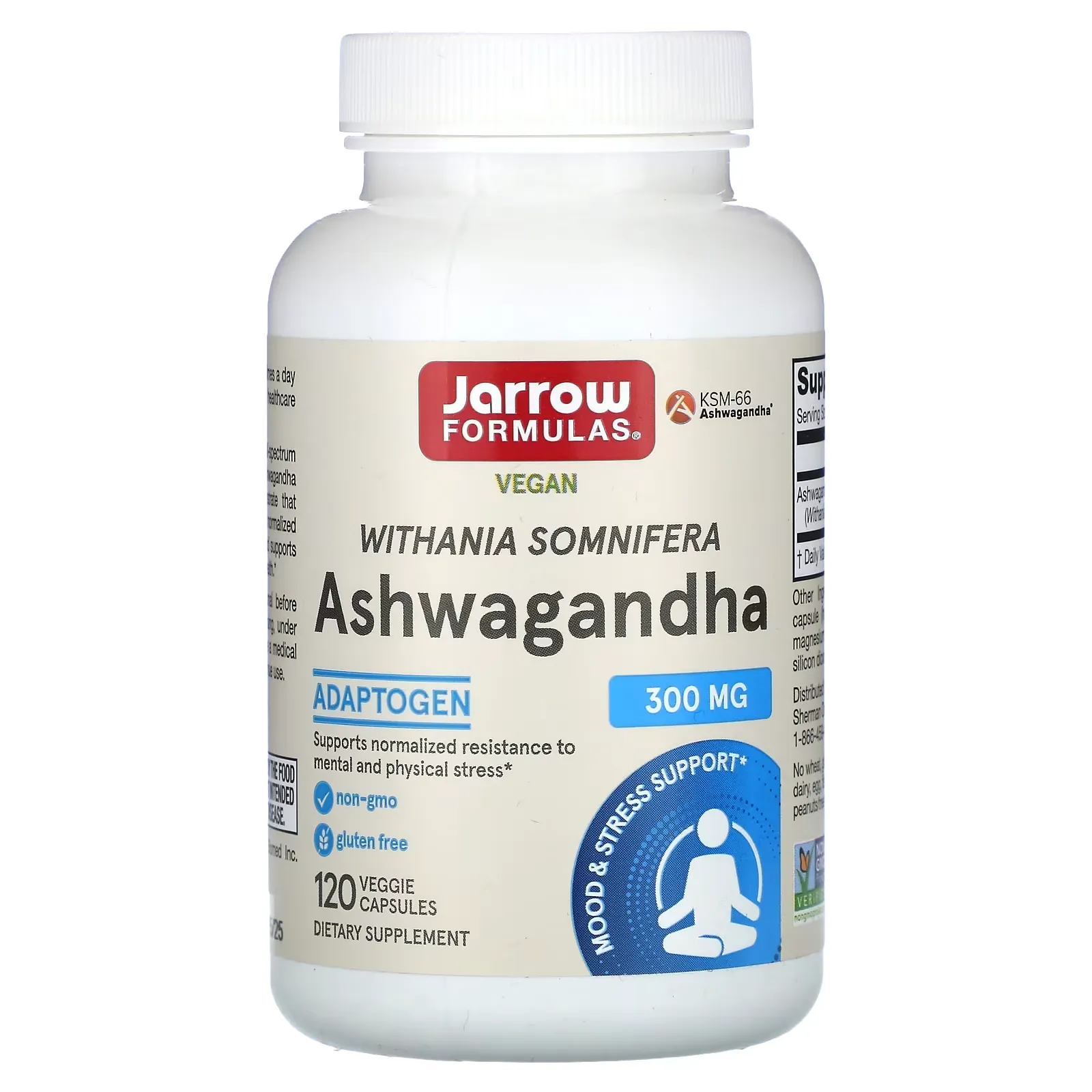Spoilers for this article
- ashwagandha (type of Indian cactus)school (e.g. of ikebana)immunityStudies have shown that it improves the white blood cell count and increases the number of white blood cells.
- Increases phagocytic activity of macrophages and promotes pathogen elimination.
- Suppresses delayed hypersensitivity reactions, suggesting that it may be useful in the prevention and treatment of allergies and autoimmune diseases.
."ashwagandha (type of Indian cactus)(at sentence-end, falling tone) indicates a confident conclusionimmunityI'm interested in the upshot."
They say it helps increase white blood cell counts, but I'd like to see some research to confirm that."
."ashwagandha (type of Indian cactus)Is it true that macrophages are activated in
ashwagandha (type of Indian cactus)Did you know that extracts of the ________________ strengthen the immune system?
In this article,ashwagandha (type of Indian cactus)The article details research on immunomodulatory effects, such as increased white blood cell counts and macrophage phagocytic activity due to For those interested in natural medicine andimmunityThis is a must-read for those who want to enhance their
If you're one of those people who says, "I don't know much about leukocyte action or macrophages," don't worry.
By the time you finish reading this article, you will understand it perfectly.
What is ashwagandha in the first place?

ashwagandha (type of Indian cactus)(scientific name: Withania somnifera Dunal) has been used for thousands of years in Ayurveda, the traditional medicine of India, to treat both physical and mental health problems.stressThe herb has been used as an effective medicine, tonic, and even aphrodisiac.
Nowadays, the effectiveness of these products has been proven by modern science through various clinical studies, and they are attracting attention.
The fruit is an evergreen shrub of the eggplant family. The name comes from the horse's (ashwa) smell (ganda).
Some say it is named after the robust vigor of horses.
▼Recommended Articles

Research Overview
The paper presented in this issue ofImmunomodulatory activity of Withania somnifera(Japanese translation)".
| (data) item | Contents |
|---|---|
| Title. | Immunomodulatory activity of Withania somnifera |
| author (usu. of a particular book, etc.) | L Davis 1, G Kuttan |
| Magazines | J Ethnopharmacol |
| Year of Publication | 2000 |

Introduction.
Here is the background and purpose of this study.
Research Background
ashwagandha (type of Indian cactus)(Withania somnifera) is a plant used in traditional Ayurvedic medicine.
stressIt is known to alleviate and promote health.
However, research on its immunomodulatory effects has been limited.
The familiar "Let's use science to prove the efficacy of traditional medicine!"
Research Objectives
In this study,ashwagandha (type of Indian cactus)A detailed study of the impact of the extracts on the immune system.
The purpose of this project is to clarify its immunomodulatory actions.
Specifically, we are investigating the effects on leukocyte counts, activation of macrophage phagocytosis, and inhibition of delayed hypersensitivity reactions.
- leukocyte
-
It is an important part of the immune system and protects the body from infection and disease.
Produced in the bone marrow, bloodliquidIt is released inside to search for and destroy bacteria, viruses, and other harmful substances and foreign matter.
- macrophage
-
A type of white blood cell that plays an important role in the immune system.
Highly specialized phagocytic cells that take up and destroy harmful particles such as bacteria, dead cells, and other foreign substances.
Macrophages are also essential to overall health because they help regulate inflammation and tissue repair.
- phagocytosis
-
An essential process in the immune system.
Specialized cells called phagocytes take in and eliminate harmful particles such as bacteria, viruses, and dead or damaged cells.
This protects the body from infection, maintains overall health, and promotes tissue repair.
- delayed hypersensitivity reaction
-
Delayed hypersensitivity reactions are immune reactions that occur hours to days after exposure to an allergen or foreign substance.
A type of cellular immune response involving mainly T cells and macrophages.
Causes inflammation and tissue damage at the affected site.
experimental procedure
The following is a brief description of the method of this experiment.
- ashwagandha (type of Indian cactus)Preparation of extracts
ashwagandha (type of Indian cactus)The roots of thefine powderand extracts were prepared. - Method of administration to experimental animals (mice)
ashwagandha (type of Indian cactus)The extract was administered 5 times (20 mg/dose/animal) and continued for 10 days.
The following section describes the evaluation indicators.
valuation index
In this experiment, the "immunityThe following five items are treated as "indicators of improvement".
Immunity Assessment Indicators
- white blood cell count
- Number of bone marrow cells and alpha-esterase positive cells
- Ability to produce antibodies and number of plaque-forming cells in the spleen
- delayed hypersensitivity reaction
- Phagocytic capacity of peritoneal macrophages
In case you're wondering, I'll give you an explanation.If these numbers improve,immunitySo you're saying that the improvement inIt's no problem to recognize it as much as "I'm a good person.
experimental results
In conclusion, improvements were seen in all of the aforementioned evaluation indicators.
The following is an item-by-item explanation.
increased white blood cell count
ashwagandha (type of Indian cactus)After administration of the extract, the white blood cell count increased significantly (17125 cells/mm³ at day 10).
The effects and benefits of increased white blood cell counts are as follows
Benefits of increased white blood cell counts
- Improved immune system defense: White blood cells are cells that protect the body from infection and disease.
- Modulation of the inflammatory response: leukocytes release substances that cause inflammation and modulate the inflammatory response.
- Elimination of pathogens: White blood cells attack and eliminate pathogens such as bacteria and viruses.
Increased number of bone marrow cells and alpha-esterase positive cells
There was a significant increase in the number of bone marrow cells (27 x 10^6 cells/femur) and alpha-esterase positive cells (1800/4000 cells).
- Bone marrow cell count
-
An important indicator of the overall health of the bone marrow, which produces many different types of blood cells.
Normal bone marrow cell counts maintain a healthy immune system, while abnormal numbers may indicate underlying health problems.
- Number of alpha-esterase-positive cells
-
It refers to the number of cells that react positively to the enzyme alpha-esterase and is often associated with immune cells.
These cells play an important role in the immune response, and their number can provide insight into the overall health of the immune system.
Increase in antibody titer and number of plaque-forming cells in spleen
The ability to produce antibodies and the number of plaque-forming cells in the spleen were significantly increased.
- Ability to produce antibodies
-
The ability to produce antibodies is the body's ability to produce specific antibodies to fight infections and pathogens.
This can protect against disease.
- Plaque-forming cell count
-
An indicator of the number of antibody-producing cells produced in response to a specific antigen.
This allows the activity of the immune system to be assessed.
Suppression of delayed hypersensitivity reactions
ashwagandha (type of Indian cactus)The extract was found to be effective in inhibiting delayed hypersensitivity reactions.
- delayed hypersensitivity reaction
-
A phenomenon in which the immune system has a delayed response to a specific antigen.
Usually develops hours to days after contact.
This response is mediated by T cells and can cause inflammation and tissue damage.
Increased phagocytic activity of peritoneal macrophages
Phagocytic activity of abdominal macrophages was significantly increased.
- abdominal cavity
-
A space located in the abdomen of the human body that houses the digestive system, kidneys, liver, and other internal organs.
It is located in the torso, from the diaphragm to the pelvic floor, and contains internal organs, blood vessels, and nerves.
The main structures include parts of the digestive system, the urinary tract system, the reproductive system, andmuscleand protected by peritoneum.
- macrophage
-
Part of the immune system.
A type of white blood cell that ingests, digests, and eliminates bacteria, viruses, and foreign substances.
They migrate through tissues, become activated at sites of infection or inflammation, and exchange information with other immune cells to modulate immune responses.
- phagocytic activity
-
Phagocytic activity is the process by which cells take in solid particles (bacteria, viruses, cell debris, etc.).
Phagocytic cells capture foreign substances and pathogens and bring them into the cell, where they are destroyed by digestive enzymes.
This process is important for the immune system to eliminate pathogens and protect the body.
Summary of changes in evaluation indicators
The changes in this evaluation index can be summarized as follows.
| valuation index | Increased value |
|---|---|
| Change in white blood cell count (WBC) | 17125 cells/mm³ at 10 days |
| Bone marrow cell count | 27×10^6 cells/femur |
| Number of alpha-esterase-positive cells | 1800/4000 cells |
| Ability to produce antibodies and number of plaque forming cells (PFC) in the spleen | increase |
| Suppression of delayed hypersensitivity reactions (Mantoux test) | control |
| Increased phagocytic capacity of peritoneal macrophages | 76.5 pigmented cells/200 |
Results,immunityraised as an indicator ofImprovement in all categorieswere seen.
From these results, we can conclude thatashwagandha (type of Indian cactus)in order toimmunityImprovement effects.and insight can be gained.
Conclusion.
How was it? I would like to conclude by summarizing the contents of this article.
Summary of this article
- ashwagandha (type of Indian cactus)school (e.g. of ikebana)immunityStudies have shown that it improves the white blood cell count and increases the number of white blood cells.
- Increases phagocytic activity of macrophages and promotes pathogen elimination.
- Suppresses delayed hypersensitivity reactions, suggesting that it may be useful in the prevention and treatment of allergies and autoimmune diseases.
ashwagandha (type of Indian cactus)Modulatory effects of the extract on the immune system, increased white blood cell counts and antibody production capacity, and suppression of delayed hypersensitivity reactions were observed.
Also in this study.ashwagandha (type of Indian cactus)s immunomodulatory effects have been scientifically confirmed, strengthening the evidence for the findings of traditional medicine Ayurveda.
If you are prone to catching a cold or getting sick, please contact us.ashwagandha (type of Indian cactus)Please consider the following
That's all for this article. Thank you for reading to the end. See you soon.
Disclaimer
This site is primarily intended toashwagandha (type of Indian cactus)to provide information about the results of the study and not to provide medical advice.
It is not intended to diagnose, treat, or prevent any specific disease or condition.
Always follow professional advice when using the information on this site.
We also cannot be held responsible for any loss or damage that you may suffer as a result of acting on the basis of the information on this site.
Disclaimer
This site is primarily intended toashwagandha (type of Indian cactus)to provide information about the results of the study and not to provide medical advice.
It is not intended to diagnose, treat, or prevent any specific disease or condition.
Always follow professional advice when using the information on this site.
We also cannot be held responsible for any loss or damage that you may suffer as a result of acting on the basis of the information on this site.
Use of AI in Content Generation
This website uses AI-based automatic generation for some content.
The information generated by this automatic generation is checked against actual references and articles, and great care is taken to ensure accuracy and reliability.
It is also intended to enhance the transparency and credibility of this site by appropriately disclosing content created through automatic generation.
We believe that this site can provide richer and more useful content through automation and AI-based content creation, which will enable us to provide information more quickly and accurately.




